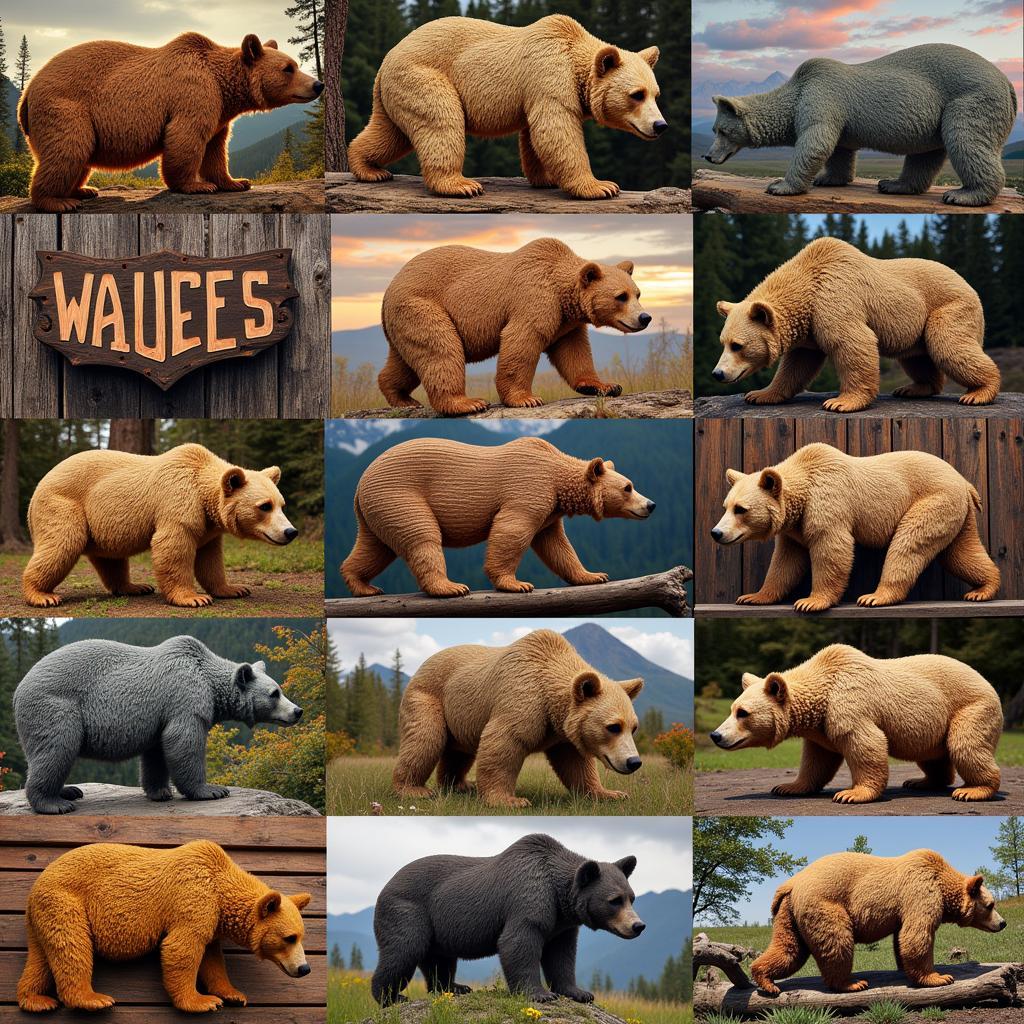Exploring Maggie Nelson’s “The Art of Cruelty: A Reckoning”
Maggie Nelson’s “The Art of Cruelty: A Reckoning” is a complex and challenging exploration of cruelty in art, pushing readers to confront difficult questions about ethics, aesthetics, and the human condition. The book delves into the grey areas of artistic expression, examining when and how cruelty can be used effectively, and when it crosses the line into exploitation or gratuitous violence.
Understanding the Nuances of Cruelty in Art: Maggie Nelson’s Perspective
Nelson doesn’t offer easy answers in “The Art of Cruelty.” Instead, she grapples with the multifaceted nature of cruelty, acknowledging its potential to both repulse and captivate. She examines various artistic mediums, from literature and film to performance art and visual arts, analyzing how cruelty manifests and the effects it produces on the audience. The book encourages critical thinking about our own responses to difficult art and the cultural contexts that shape our interpretations.
“The Art of Cruelty” isn’t just a theoretical treatise. Nelson weaves personal experiences and reflections throughout the text, adding a layer of vulnerability and intimacy to her analysis. This personal touch makes the book more accessible and relatable, even as it tackles complex philosophical questions. She invites us to consider how our own experiences with vulnerability, empathy, and even violence inform our understanding of cruelty in art.
Deconstructing the “Reckoning”: Nelson’s Approach to Challenging Art
The “reckoning” aspect of the book’s title is crucial. Nelson isn’t simply describing instances of cruelty in art; she’s actively engaging with them, questioning their purpose and impact. She explores the ethical implications of depicting violence and suffering, forcing us to consider the responsibility of both the artist and the viewer. Nelson challenges us to move beyond simple judgments of “good” or “bad” art and to grapple with the uncomfortable truths that cruelty can reveal about ourselves and the world around us. Her approach encourages a deeper understanding of the power dynamics at play in artistic representations of cruelty.
Key Themes and Interpretations in “The Art of Cruelty: A Reckoning”
Several key themes emerge in Nelson’s exploration of cruelty in art. One central theme is the tension between aesthetics and ethics. Can a work of art be considered beautiful or valuable even if it depicts disturbing or violent content? Nelson examines this question through the lens of various artistic movements and individual artists, prompting readers to consider the complex interplay between form and content. Another important theme is the role of empathy. Does witnessing cruelty in art cultivate empathy or desensitize us to violence? Nelson explores the psychological effects of engaging with difficult art, considering the potential for both harm and catharsis.
The Impact and Legacy of “The Art of Cruelty”
“The Art of Cruelty: A Reckoning” has had a significant impact on critical discussions about art and its relationship to violence, ethics, and the human experience. The book has sparked debate and inspired further exploration of these complex issues. Nelson’s work continues to challenge readers to confront uncomfortable questions and to engage with art in a more thoughtful and critical way.
Expert Quote: “Nelson’s work forces us to confront the uncomfortable reality that art can be both beautiful and brutal, and that our responses to it reveal much about ourselves.” – Dr. Amelia Stone, Professor of Art History
Conclusion
Maggie Nelson’s “The Art of Cruelty: A Reckoning” provides a vital framework for understanding the complex role of cruelty in art. It encourages a nuanced and critical approach to engaging with challenging artistic expressions. By exploring the ethical and aesthetic dimensions of cruelty, Nelson pushes us to confront difficult questions and to expand our understanding of the human condition.
FAQ
- What is the main argument of “The Art of Cruelty”?
- Who is the intended audience for this book?
- How does Nelson define cruelty in the context of art?
- What are some examples of artists and artworks discussed in the book?
- What is the significance of the “reckoning” aspect of the title?
- How has “The Art of Cruelty” been received by critics and scholars?
- What are some other books by Maggie Nelson?
 Author Photo of Maggie Nelson
Author Photo of Maggie Nelson
Need support? Contact us at Phone Number: 02462573573, Email: [email protected] Or visit us at Savico Megamall, 7-9 Đ. Nguyễn Văn Linh, Gia Thụy, Long Biên, Hà Nội 10000, Việt Nam. We have a 24/7 customer service team.



